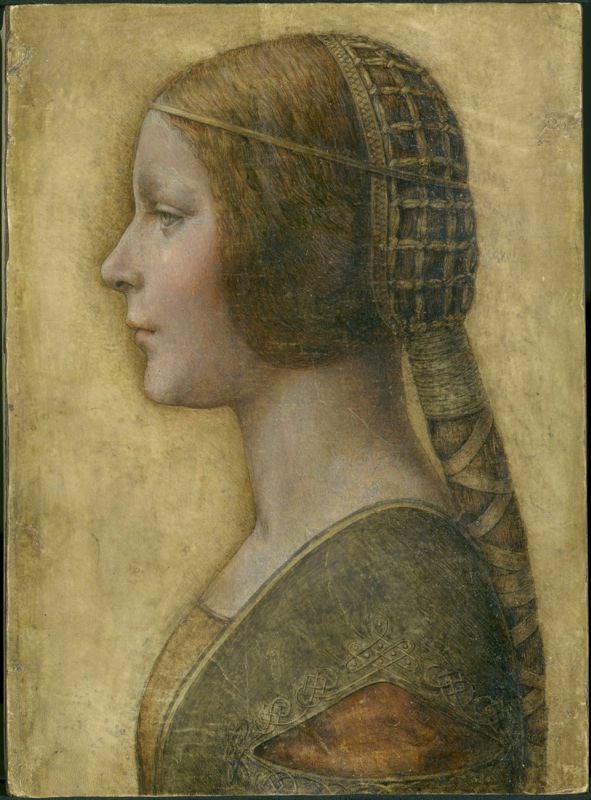Mystery of Mona Lisa's smile 'solved' as experts say Da Vinci used the same illusion years before
Experts say it is compelling evidence that the Mona Lisa's so-called 'uncatchable smile' was a deliberate effect created by Leonardo da Vinci

Your support helps us to tell the story
From reproductive rights to climate change to Big Tech, The Independent is on the ground when the story is developing. Whether it's investigating the financials of Elon Musk's pro-Trump PAC or producing our latest documentary, 'The A Word', which shines a light on the American women fighting for reproductive rights, we know how important it is to parse out the facts from the messaging.
At such a critical moment in US history, we need reporters on the ground. Your donation allows us to keep sending journalists to speak to both sides of the story.
The Independent is trusted by Americans across the entire political spectrum. And unlike many other quality news outlets, we choose not to lock Americans out of our reporting and analysis with paywalls. We believe quality journalism should be available to everyone, paid for by those who can afford it.
Your support makes all the difference.Scientists may have discovered the secret behind one of the most famous mysteries in the history of art – the Mona Lisa’s smile.
Experts from two UK universities said that a new study of another painting believed to be by Leonardo da Vinci, La Bella Principessa, prove that it uses the same technique of the “uncatchable smile”.
The illusion behind the Mona Lisa’s enigmatic quality is thought to stem from the fact that she appears to be smiling – until the viewer looks directly at the subject’s mouth, at which point it seems downturned.
The big question for experts is whether or not this effect – created through a complex combination of colours and shades – was intended by Da Vinci himself.
Extensive research and examination has proven La Bella Principessa to be an earlier work by the same artist, according to Sheffield Hallam’s psychology professor and expert in visual perception Dr Alessandro Soranzo.
The painting is thought to depict 13-year-old Bianca Sforza, the daughter of Ludovico Sforza ("Il Moro") duke of Milan, before her marriage to a commander of the Milanese forces.

Writing in the journal Vision Research, Dr Soranzo said that “the existence of a similar illusion in a portrait prior to the Mona Lisa becomes more interesting”.
The expert and his team used a series of experiments to examine how the viewer perceives the two paintings when factors such as the viewing distances and the level of “blur” applied to the image were altered. They also examined a third painting from the same era, Portrait of a Girl by Piero del Pollaiuolo, as a control.
Researchers found that, when viewed from a greater distance or with a greater blur affect, the smiles perceived in the two Da Vinci paintings increased. The same was not the case for the piece by Del Pollaiuolo.
The confirmation that both Da Vinci works feature the same illusion is significant, Dr Soranzo said, if not conclusive proof that it was intentional.
He told Discover magazine: “Given da Vinci’s mastery of the technique, and its subsequent use in the Mona Lisa, it is quite conceivable that the ambiguity of the effect was intentional.”
Join our commenting forum
Join thought-provoking conversations, follow other Independent readers and see their replies
Comments